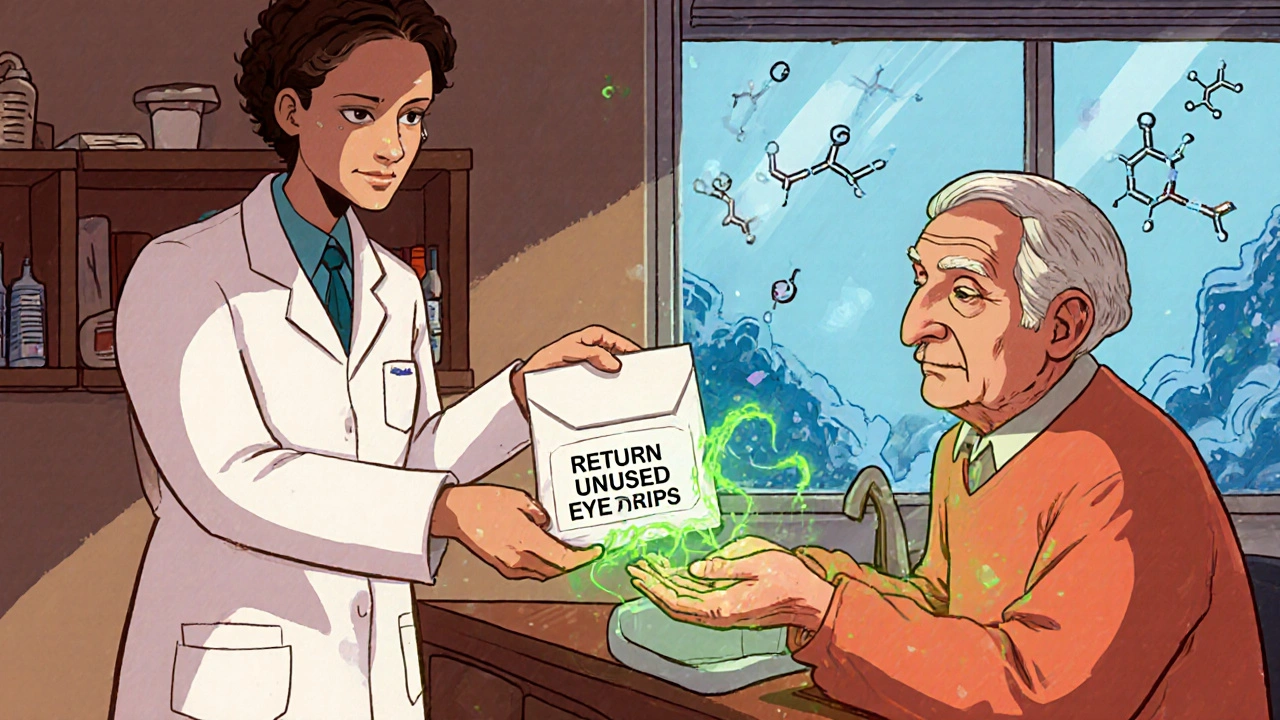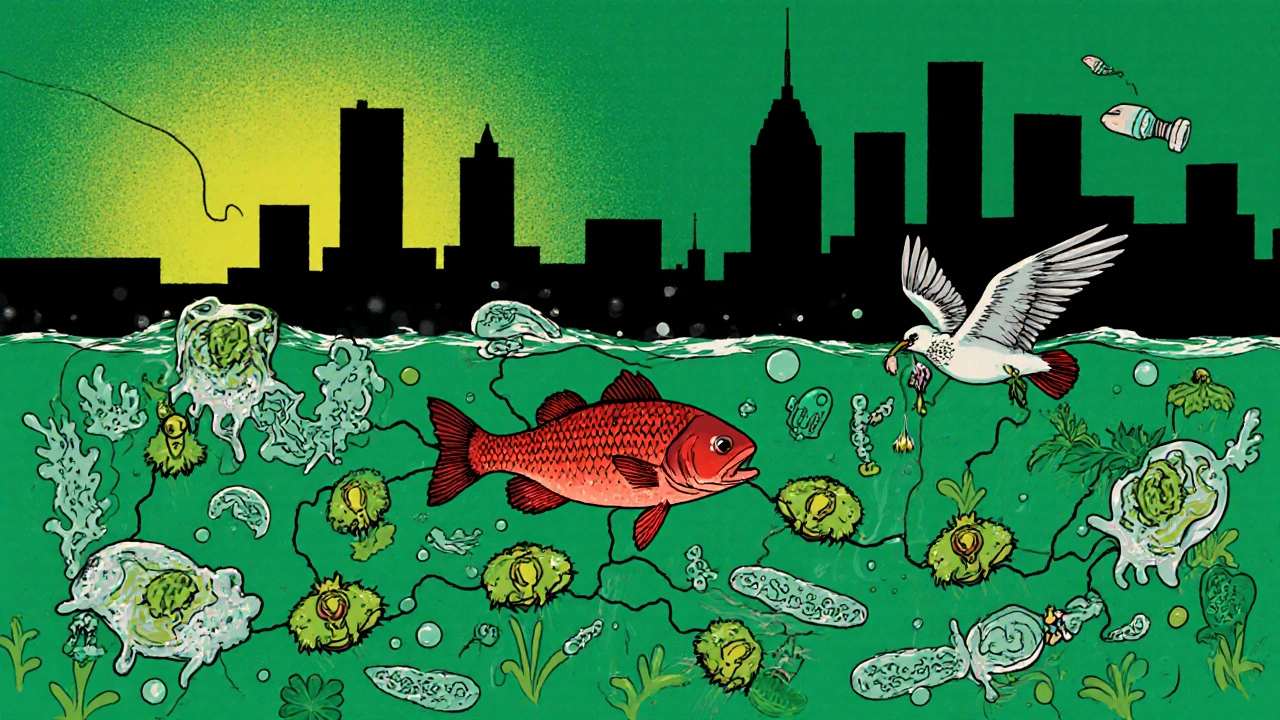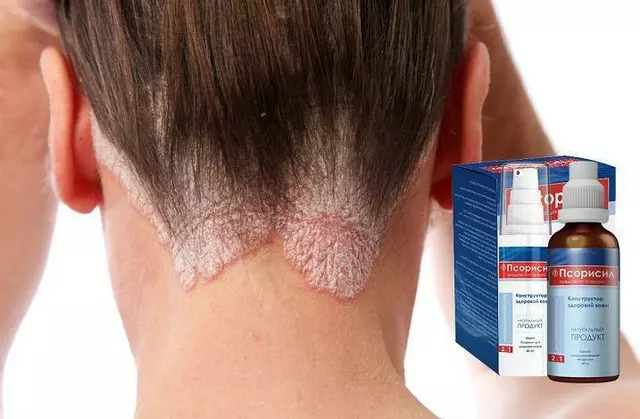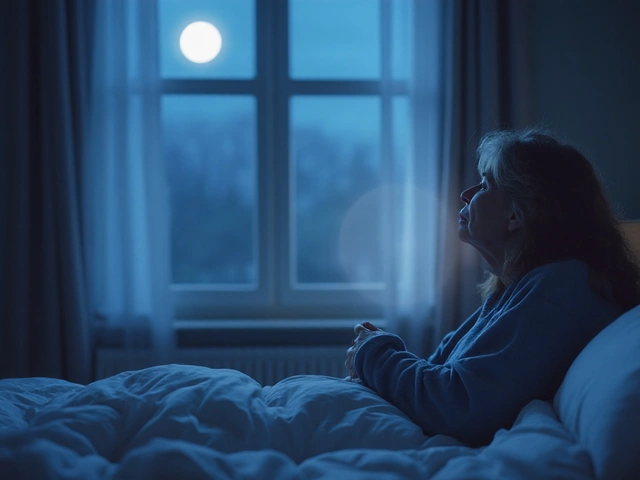Every year, millions of eye drops containing timolol are prescribed for glaucoma. But when patients finish their bottles, what happens to the leftover liquid? Most people pour it down the sink or flush it down the toilet. That might seem harmless-but it’s not. Timolol, a beta-blocker used to lower eye pressure, doesn’t break down easily in water. It ends up in rivers, lakes, and even drinking water supplies. And while it’s safe for humans at prescribed doses, the environment doesn’t handle it the same way.
How Timolol Enters Water Systems
Timolol enters waterways through three main paths: flushing unused medication, rinsing dropper tips over sinks, and human excretion. When people take timolol, about 10-20% of the drug passes through their body unchanged. That means even if you use every drop, your urine still carries traces of it into sewage systems. Wastewater treatment plants aren’t designed to remove complex pharmaceuticals like timolol. They filter out solids and kill bacteria, but they leave behind molecules like timolol intact.
Studies from the U.S. Geological Survey and European environmental agencies have detected timolol in surface water at concentrations as low as 0.01 micrograms per liter. That’s tiny-but it’s enough to affect aquatic life. Fish exposed to timolol show slowed heart rates, reduced feeding behavior, and altered swimming patterns. Frogs and algae respond too. In lab tests, timolol suppressed growth in green algae by 30% at concentrations found in polluted streams.
Why Timolol Is Worse Than Other Medications
Not all drugs are equally persistent. Timolol has a half-life of over 30 days in water under normal conditions. Compare that to ibuprofen, which breaks down in days, or antibiotics like amoxicillin, which degrade faster. Timolol’s chemical structure-built with a complex aromatic ring and amine group-makes it resistant to microbial breakdown. It also binds weakly to soil particles, so it doesn’t get trapped in sediment. Instead, it flows freely with groundwater.
Plus, timolol is often prescribed in high volumes. Glaucoma is a chronic condition. Patients use one or two bottles a month, year after year. In Australia alone, over 200,000 prescriptions for timolol eye drops are filled annually. Multiply that by global usage, and you’re talking about tons of active pharmaceutical ingredients entering water systems every year.
Impact on Aquatic Ecosystems
Research from the University of Sydney in 2024 tracked timolol levels in the Hunter River after heavy rainfall. Concentrations spiked to 0.15 micrograms per liter-nearly 15 times higher than background levels. Within weeks, researchers noticed changes in native fish populations. Murray cod, a threatened species, showed signs of metabolic stress. Their liver enzymes, which help detoxify chemicals, were overworked. In controlled experiments, zebrafish exposed to timolol laid 40% fewer eggs.
Even small changes in reproduction or behavior can ripple through ecosystems. If fish spawn less, insect populations grow unchecked. If algae die off, oxygen levels drop. Aquatic insects that feed on algae disappear. Birds that eat those insects follow. Timolol isn’t killing entire species overnight-but it’s slowly weakening the foundation of freshwater food chains.

What Happens When Timolol Mixes With Other Drugs
Timolol rarely shows up alone. It’s often found with other beta-blockers like propranolol, antidepressants like sertraline, and painkillers like acetaminophen. These compounds don’t just add up-they interact. In 2023, a study in the journal Environmental Science & Technology found that timolol and propranolol together increased toxicity to crustaceans by 70% compared to either drug alone. The combination disrupted molting cycles in water fleas, leading to higher death rates in juveniles.
These interactions are hard to predict. Regulatory agencies test drugs one at a time. But nature doesn’t work that way. Water is a cocktail of chemicals. What’s safe in isolation can become dangerous in combination. And we’re only starting to understand these effects.
Current Disposal Practices Are Failing
Most pharmacies offer take-back programs for expired or unused pills. But eye drops? They’re often excluded. Bottles are small, messy, and considered low-risk-so they’re not included in collection drives. Patients are left with no clear option. Some throw them in the trash. Others rinse them out. Neither is ideal.
Landfill leachate from discarded eye drop bottles has been found to contain detectable levels of timolol. Plastic bottles don’t degrade quickly. Even when they do, microplastics carry the drug into soil and groundwater. In Darwin’s wet-dry climate, heavy rains wash trash into creeks within hours. Timolol from discarded bottles ends up in the same waterways where crocodiles, fish, and migratory birds live.

What Can Be Done?
There are solutions-but they require action from patients, pharmacists, and regulators.
- Use take-back programs: If your pharmacy accepts medications, ask if they take eye drops. Some do. Call ahead.
- Don’t flush or rinse: Pouring timolol down the drain is the worst option. Even a few drops matter.
- Dispose in sealed containers: If no take-back is available, mix the leftover liquid with an unpalatable substance like coffee grounds or cat litter. Seal it in a plastic bag, then put it in the trash. This reduces accidental ingestion and slows leaching.
- Ask for smaller prescriptions: Many patients get 5mL bottles, but they only use 2-3mL. Ask your doctor for 2.5mL or 1mL bottles to reduce waste.
- Support policy change: Push for laws requiring pharmaceutical companies to fund safe disposal systems. The EU has started this with Extended Producer Responsibility (EPR) rules. Australia should follow.
Who’s Leading the Change?
Some pharmacies in Melbourne and Sydney now offer free, sealed collection bins for all types of medications-including eye drops. In 2025, the Australian Pharmaceutical Society launched a pilot program in Queensland that gives patients pre-paid return envelopes for unused eye drops. Early results show a 65% increase in proper disposal.
Companies like Alcon and Novartis, which manufacture timolol eye drops, have started labeling bottles with disposal instructions. But these labels are small and often ignored. Clearer, larger warnings-like those on cigarette packs-could make a difference.
It’s Not Just About Timolol
Timolol is just one piece of a much larger puzzle. Beta-blockers, antidepressants, birth control pills, and cholesterol drugs are all ending up in our water. The problem is systemic. But fixing it starts with small actions. Every bottle properly disposed of reduces the load on rivers and oceans. Every patient who asks for a smaller prescription helps. Every pharmacist who offers a take-back bin makes a difference.
You don’t need to be an environmental scientist to help. You just need to know that what you pour down the sink doesn’t disappear. It travels. And it affects more than you can see.
Can I flush timolol eye drops if I run out of space in the trash?
No. Flushing timolol sends it directly into sewage systems, where treatment plants can’t remove it. It ends up in rivers and lakes, harming fish and aquatic plants. Even a single drop contributes to long-term pollution. Always use a sealed container with absorbent material like coffee grounds before tossing it in the trash.
Are there any safe disposal programs for timolol in Australia?
Yes. Some pharmacies in major cities like Melbourne, Sydney, and Brisbane offer free medication take-back bins that accept eye drops. The Australian Pharmaceutical Society’s 2025 pilot program in Queensland provides pre-paid return envelopes for unused prescriptions. Check with your local pharmacy or visit the National Drug Strategy website for current locations.
Why can’t wastewater plants remove timolol?
Wastewater plants are designed to remove solids, bacteria, and organic matter-not complex pharmaceutical molecules. Timolol’s chemical structure resists breakdown by microbes and filters. Advanced treatments like activated carbon or ozone can remove it, but those systems are expensive and not widely used. Most plants in Australia and the U.S. rely on basic secondary treatment, which leaves timolol intact.
Does timolol affect drinking water?
Trace amounts of timolol have been detected in some drinking water supplies, especially near urban areas with high glaucoma prevalence. However, concentrations are far below levels known to harm humans. The bigger concern is long-term exposure to multiple drugs in combination, which is still being studied. For now, the risk to human health is considered very low-but the ecological risk is not.
What’s the environmental impact of the plastic bottles?
The plastic bottles themselves add to pollution. Most are made from HDPE or PET, which take hundreds of years to break down. Even when recycled, many end up in landfills or waterways. Microplastics from degraded bottles can carry residual timolol into soil and groundwater. The best approach is to dispose of the bottle and contents together-sealed in a bag with absorbent material-to minimize both chemical and plastic pollution.



Leonard Buttons
30 October / 2025man i had no idea eye drops could do this. i just flush mine cause why not, right? guess i’m part of the problem now. thanks for the wake-up call.